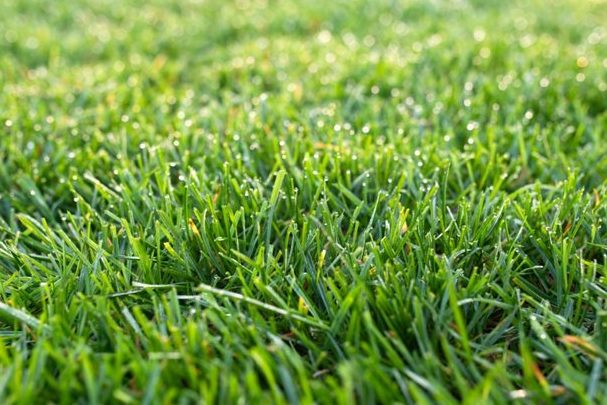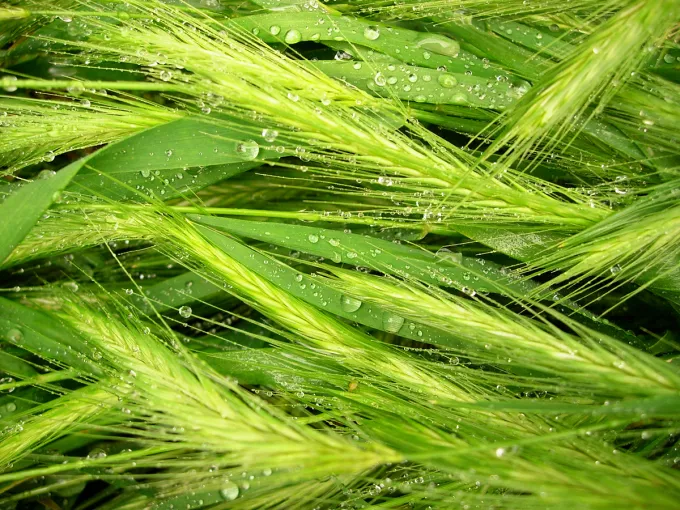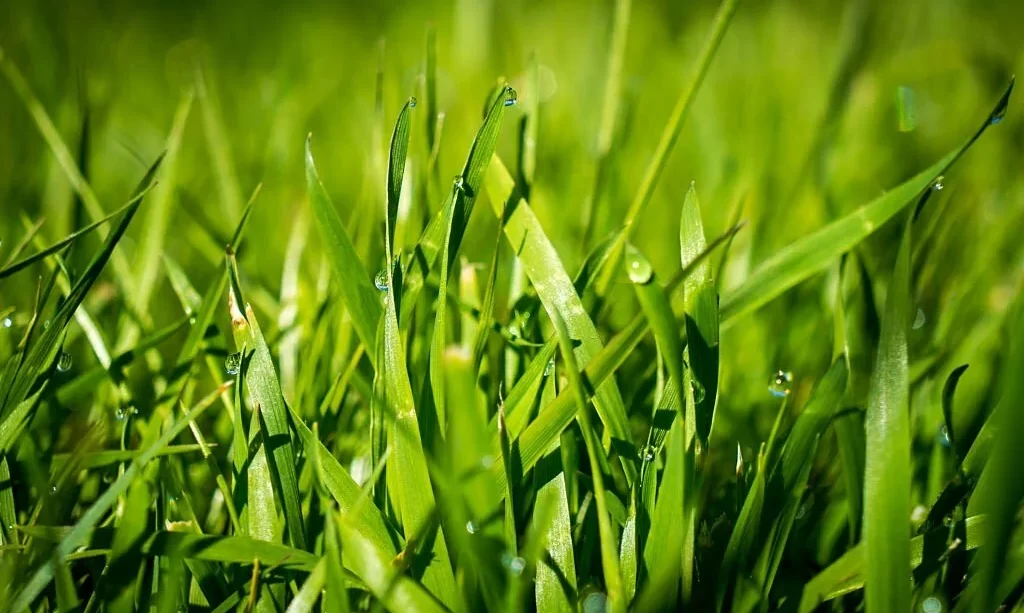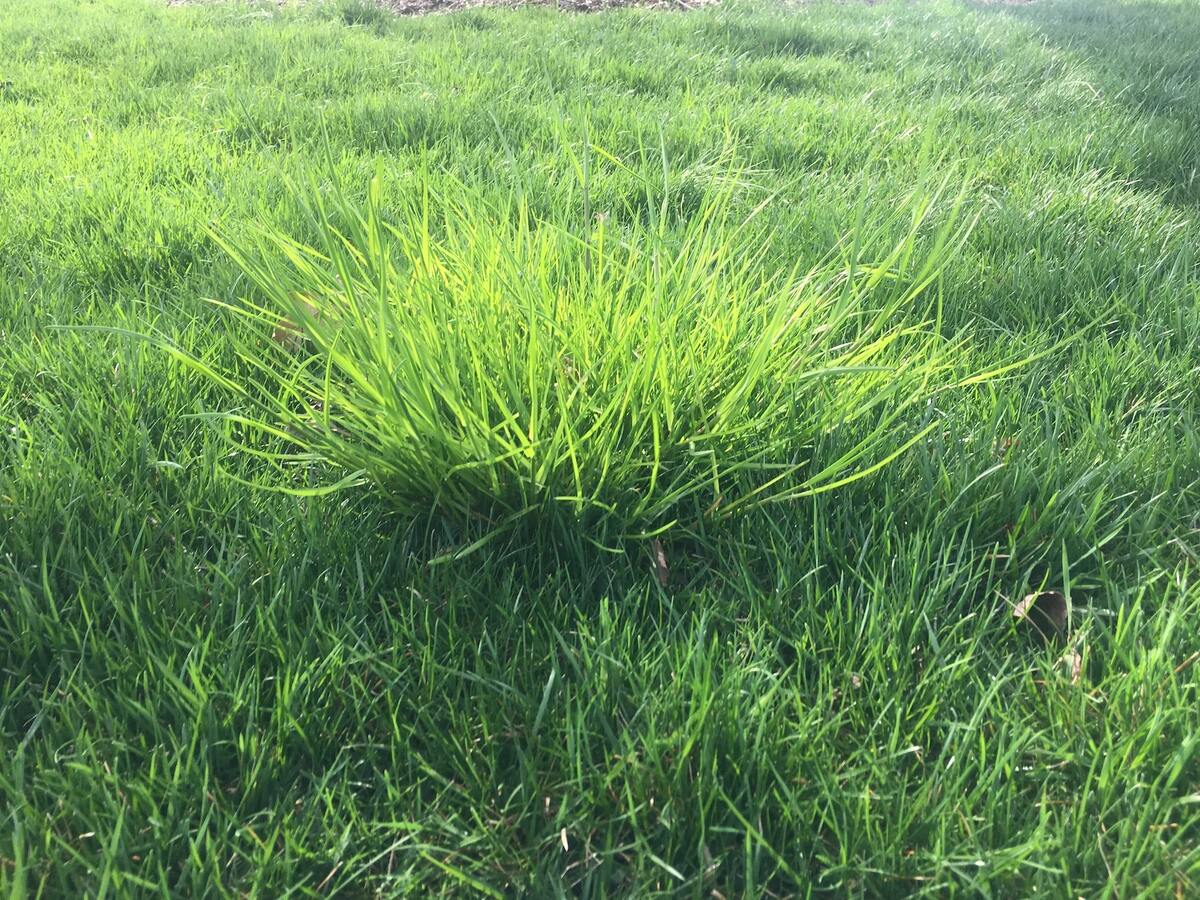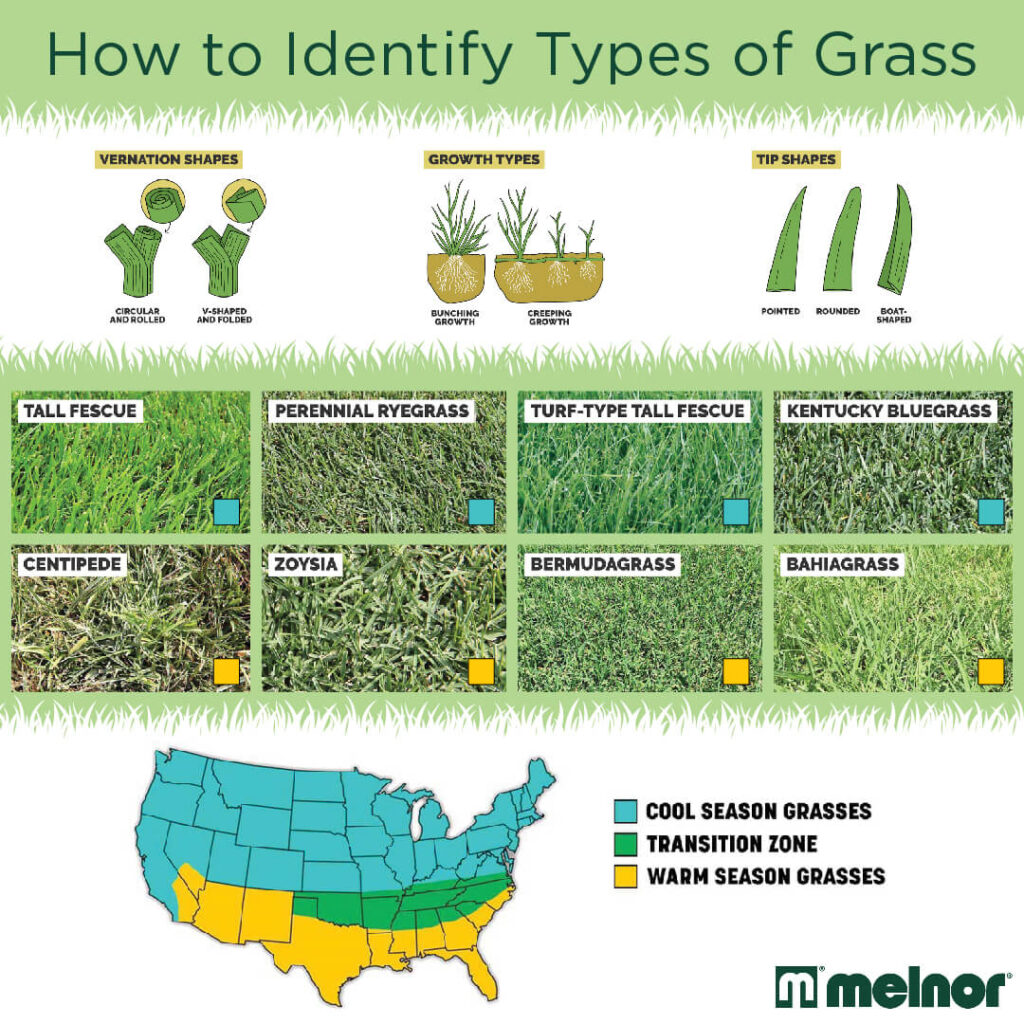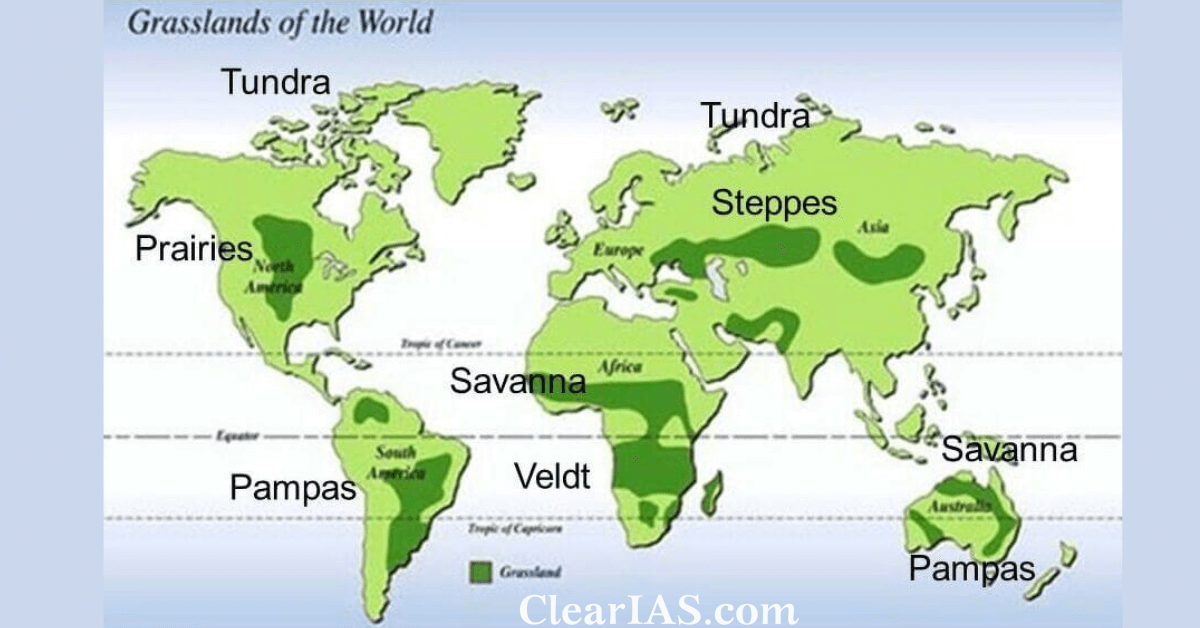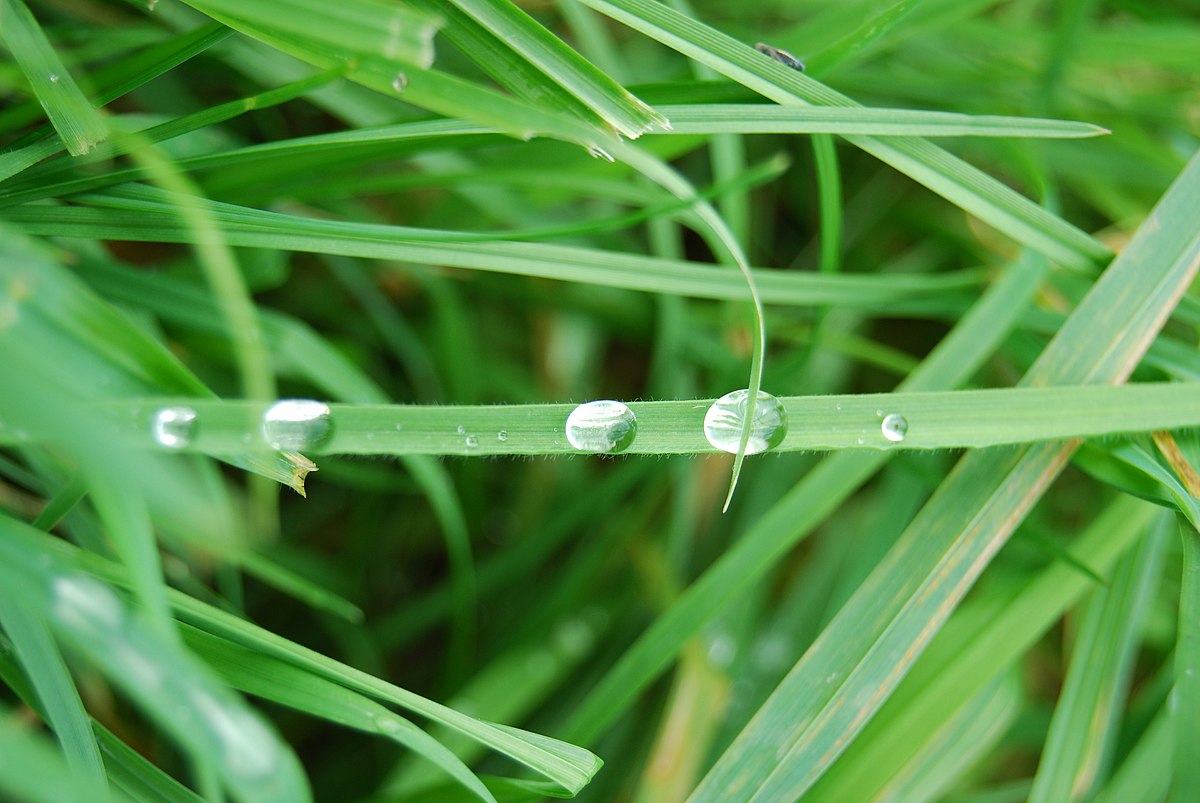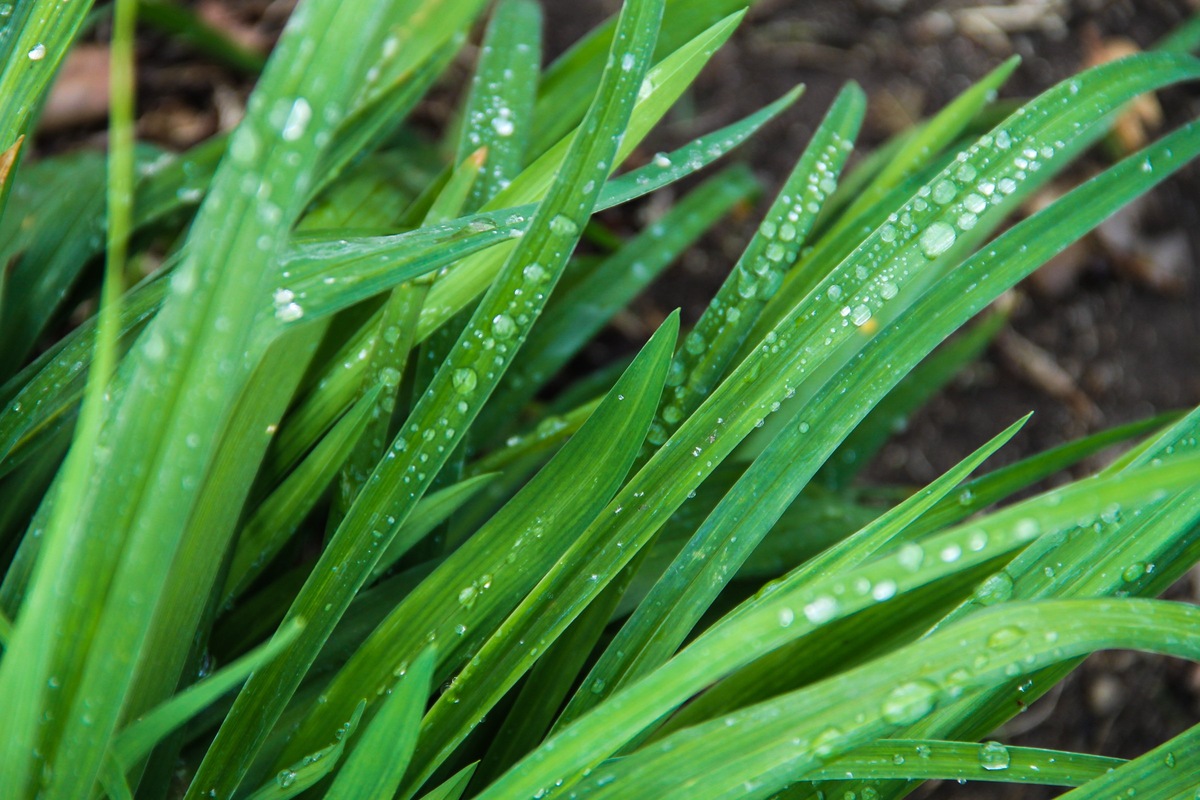How Many Blades Of Grass Are There In The World

Imagine standing in a field, the sun warm on your face, the scent of freshly cut grass filling the air. But consider this: beneath your feet lies a number so vast, so incomprehensible, that it defies easy calculation. The question of how many blades of grass exist on Earth is more than a whimsical thought experiment; it touches upon the very essence of ecological estimation, mathematical modeling, and the sheer scale of our planet's biosphere.
This article delves into the complex world of estimating the total number of grass blades worldwide. It navigates the challenges of such a calculation, the methodologies employed by scientists, and the surprising insights gleaned from these attempts. While a definitive answer remains elusive, understanding the scope of the question sheds light on the interconnectedness of global ecosystems and the importance of grasslands.
The Challenge: An Unknowable Number?
Calculating the exact number of grass blades globally is, in all likelihood, impossible. The Earth is vast, and grass grows in a diverse range of environments. From meticulously manicured lawns to sprawling savannas, the sheer variability presents a formidable obstacle.
Factors like climate, soil composition, altitude, and even the grazing habits of animals significantly impact grass density. Accounting for all these variables across every square inch of the planet is simply not feasible.
Estimating Grassland Area
The first step in any attempt to quantify grass blades involves estimating the total area covered by grasslands. This in itself is a complex undertaking, as definitions of "grassland" can vary. Savannas, steppes, prairies, and even some types of pastureland fall under this broad category.
Organizations like the Food and Agriculture Organization (FAO) of the United Nations have compiled data on global land cover. However, their figures often lump grasslands together with other types of vegetation, making precise area estimations difficult.
Satellite imagery and remote sensing technologies offer a valuable tool in mapping grassland distribution. By analyzing spectral signatures, scientists can differentiate between various types of vegetation and estimate the area covered by grass with increasing accuracy.
Calculating Blade Density
Once the total grassland area is estimated, the next challenge is to determine the average blade density. This requires sampling grass plots in different regions and counting the number of blades within a defined area, typically a square meter or foot.
Blade density can vary dramatically depending on the species of grass and the environmental conditions. A well-irrigated lawn might have thousands of blades per square foot, while a drought-stricken pasture might have significantly fewer.
Researchers use statistical methods to extrapolate from these sample data to larger areas. However, the inherent variability in blade density introduces a significant margin of error into the final estimate.
Methodologies and Approaches
Several approaches have been used to tackle this seemingly impossible question. These range from simple calculations based on rough estimates to more sophisticated modeling techniques.
One approach involves estimating the area of grasslands and then multiplying it by an assumed average blade density. While simple, this method is highly sensitive to the accuracy of the input values, especially the blade density figure.
More sophisticated approaches involve creating statistical models that take into account various environmental factors. These models can incorporate data on rainfall, temperature, soil type, and grazing pressure to predict blade density across different regions.
Another emerging technique utilizes machine learning algorithms to analyze satellite imagery and predict blade density based on spectral signatures. By training the algorithms on ground-truth data, researchers can improve the accuracy of their predictions.
The Numbers Game: A Range of Estimates
Given the inherent challenges, it's unsurprising that estimates of the total number of grass blades vary widely. No definitive answer exists, and any attempt to provide one should be viewed with caution.
Some simplified calculations, based on rough estimates of grassland area and blade density, have yielded figures in the trillions or even quadrillions. However, these numbers are highly speculative and should not be taken as accurate.
While a precise number remains elusive, the exercise of trying to estimate it highlights the immense scale of our planet's ecosystems and the importance of grasslands. These vital habitats play a crucial role in carbon sequestration, soil conservation, and biodiversity.
Why Does It Matter? The Importance of Grasslands
Although determining the exact number of grass blades might seem like a trivial pursuit, understanding the extent and health of grasslands is of paramount importance. Grasslands provide essential ecosystem services, supporting a wide range of plant and animal life.
They play a critical role in carbon sequestration, absorbing atmospheric carbon dioxide and storing it in the soil. Healthy grasslands can help mitigate the effects of climate change.
Grasslands also contribute to soil health, preventing erosion and maintaining fertility. They provide grazing land for livestock, supporting agricultural economies around the world.
Furthermore, grasslands are home to a diverse array of species, including many endangered animals. Protecting these habitats is essential for preserving biodiversity and maintaining ecological balance.
Looking Ahead: Future Research
While a definitive answer to the question of how many grass blades exist on Earth may remain forever out of reach, ongoing research continues to refine our understanding of grassland ecosystems. Advances in remote sensing technology, statistical modeling, and machine learning are improving our ability to estimate grass density and distribution.
Future research could focus on developing more sophisticated models that take into account the complex interactions between environmental factors and grass growth. Improved data on soil composition, rainfall patterns, and grazing pressure would also be invaluable.
Ultimately, the pursuit of this seemingly impossible question serves as a reminder of the interconnectedness of our planet's ecosystems and the importance of protecting these vital habitats. By understanding the scope and significance of grasslands, we can better manage and conserve them for future generations.
